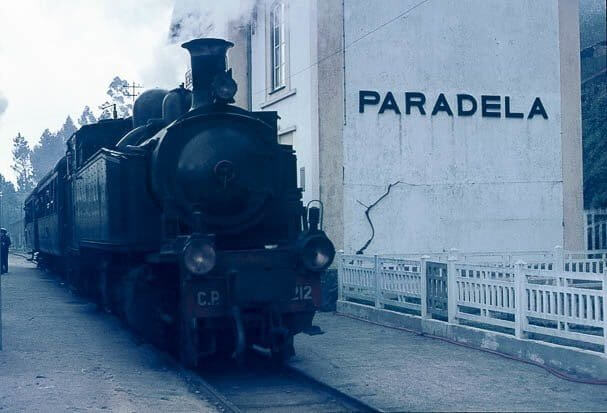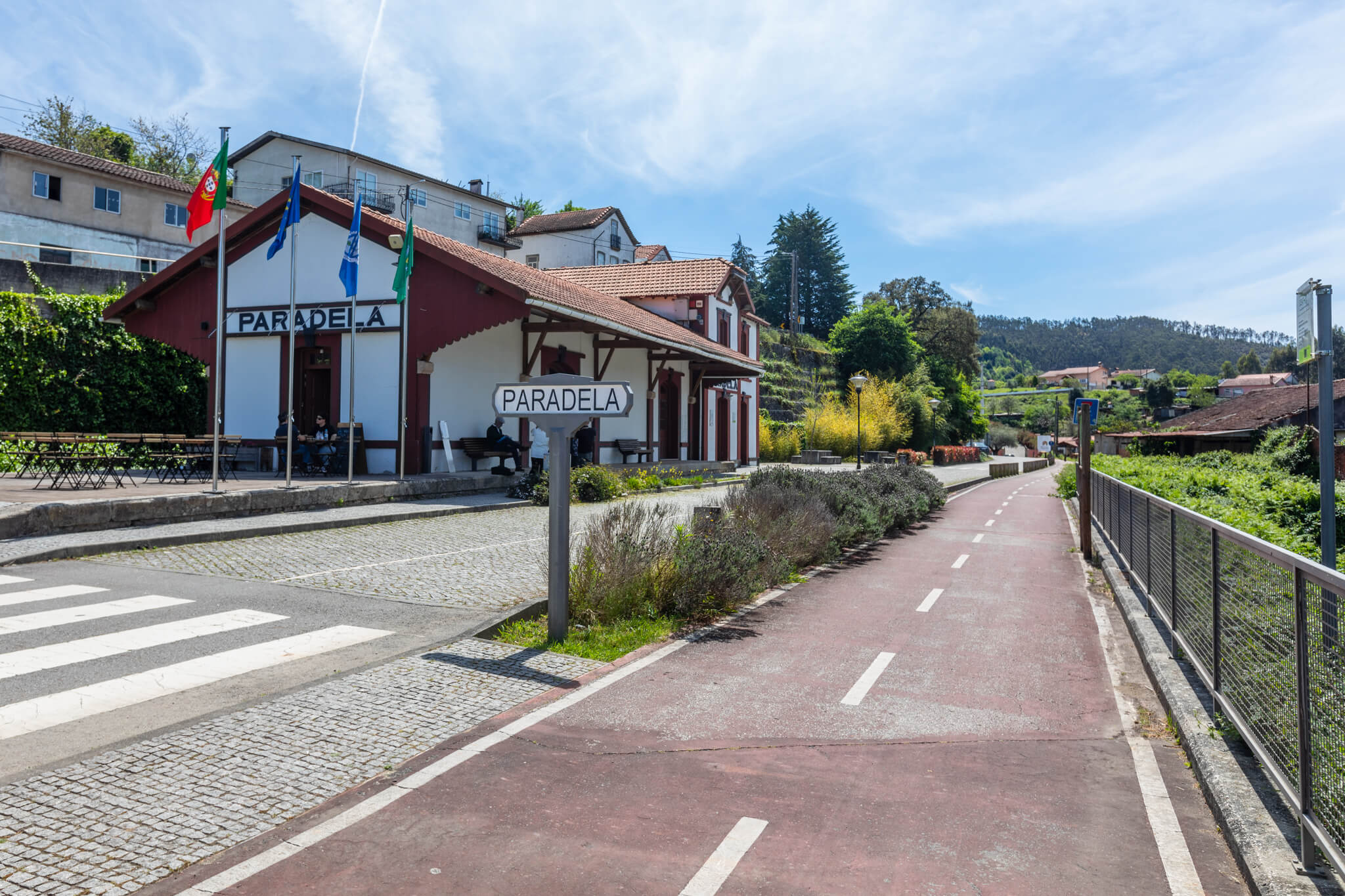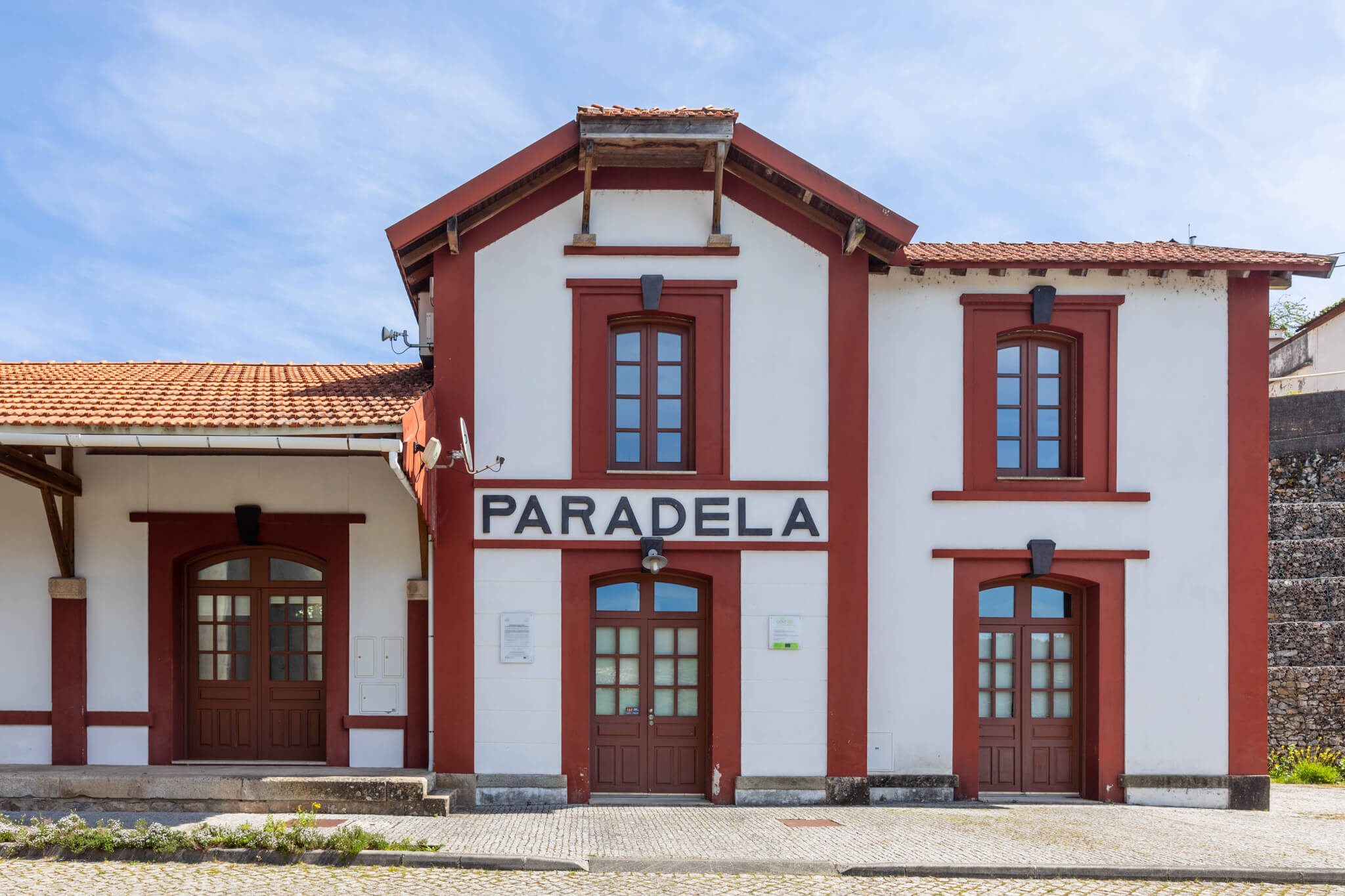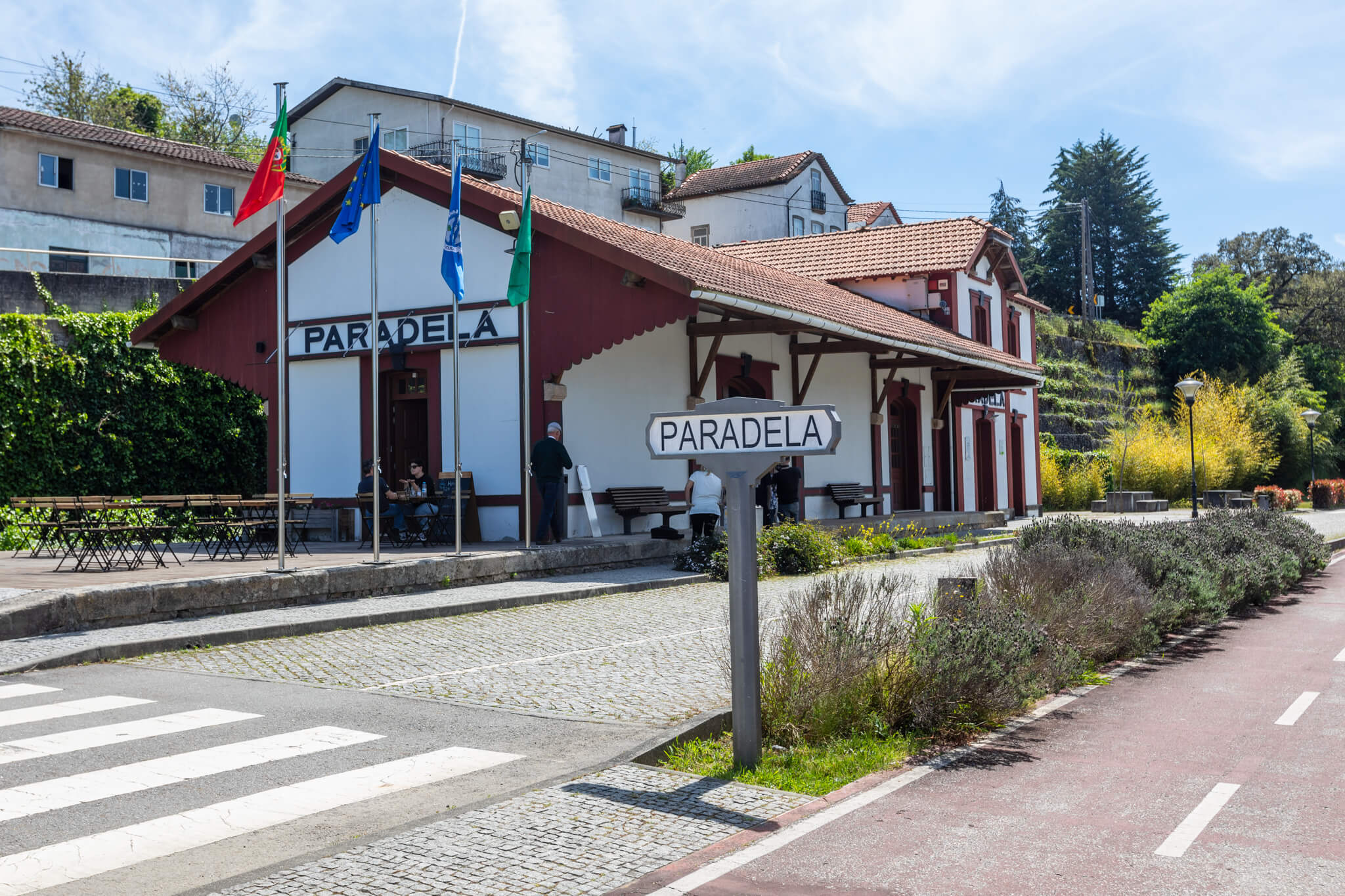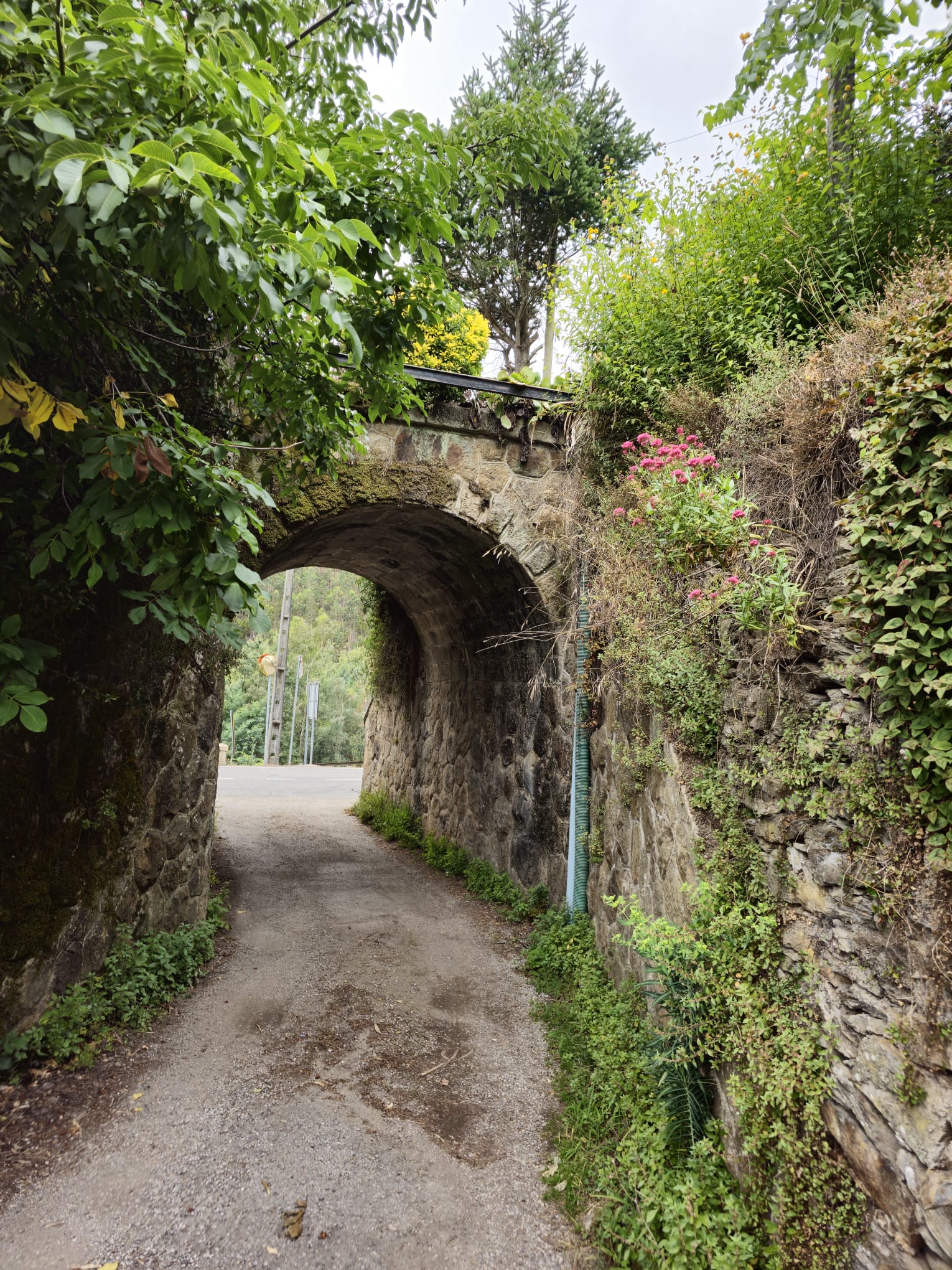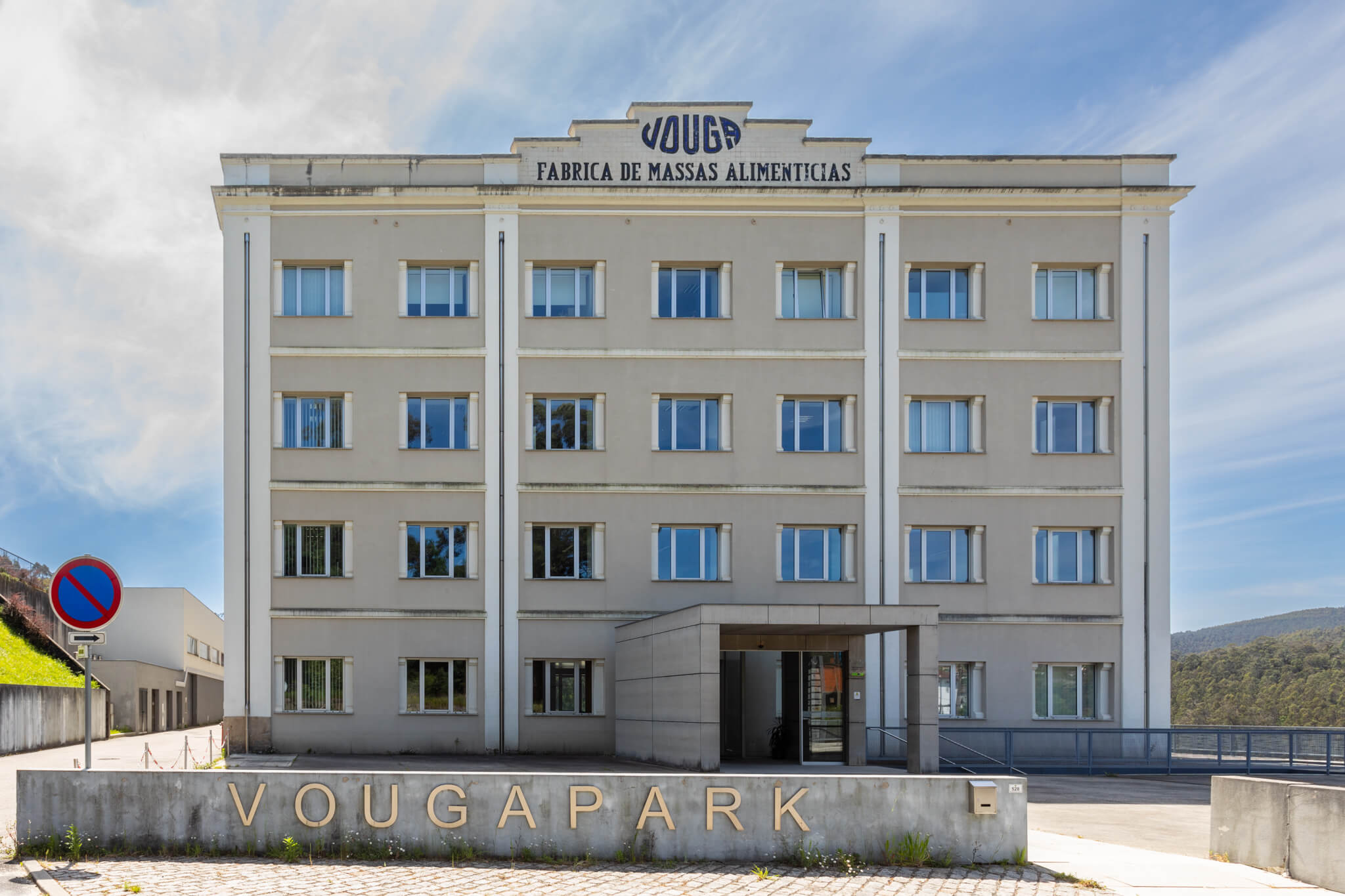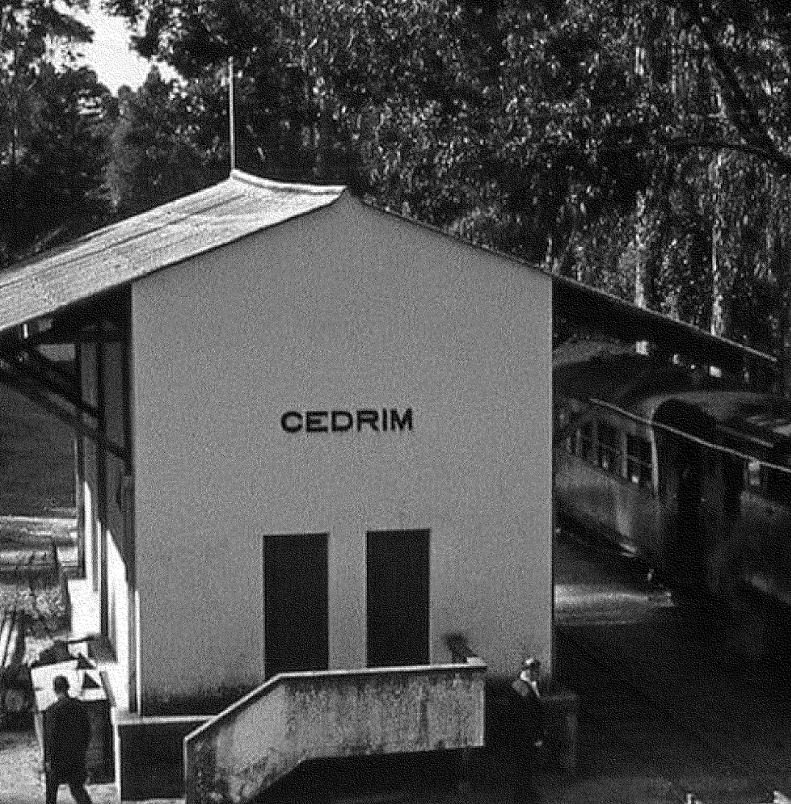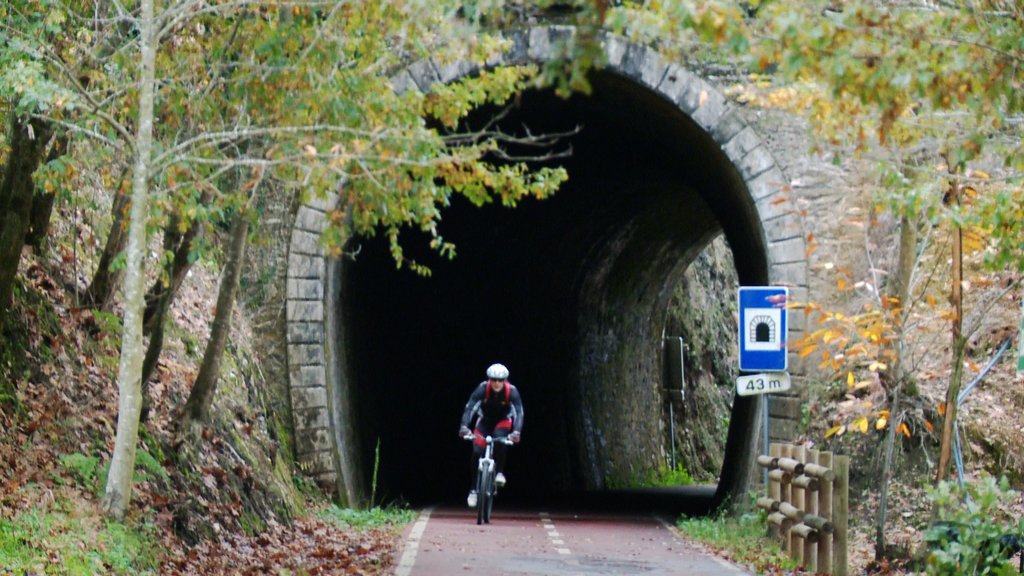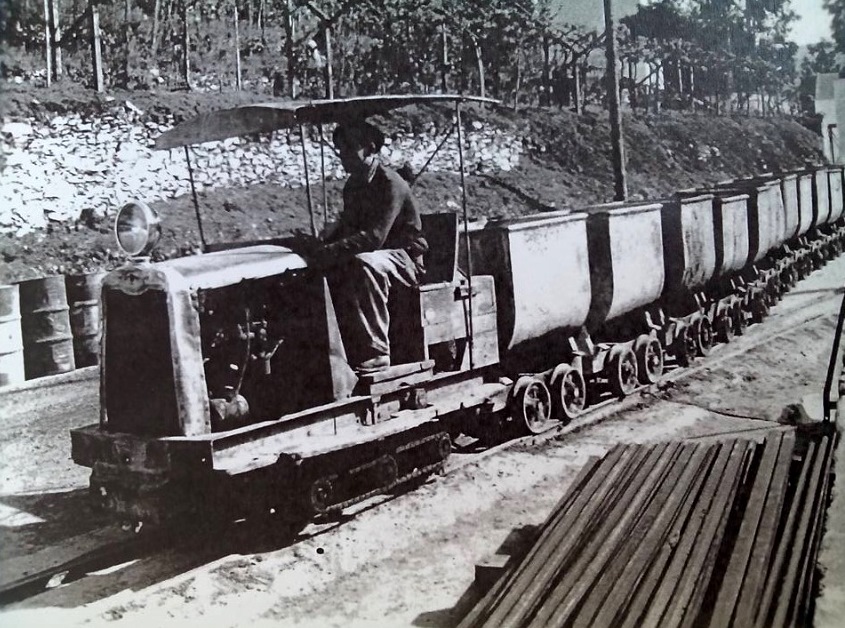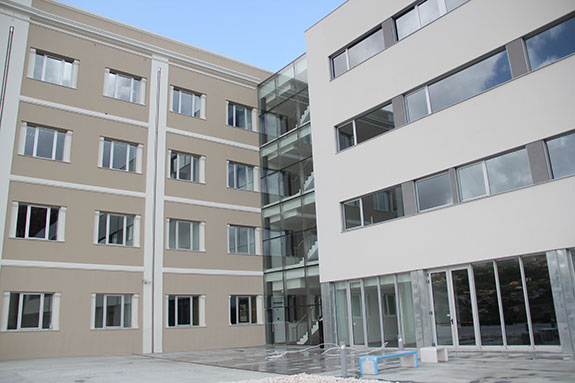Today, the Vouguinha is a nostalgic memory still alive in the people of Severa. Instead of rails and steam trains, there are bicycles and long walks for those who want to challenge the rhythm and cadence of time immemorial.
The River Vouga, which rises near Senhora da Lapa in Sernancelhe, was only navigable from the parish of Pessegueiro do Vouga to Aveiro. From there, you had to load up a donkey or a stagecoach and walk along millennia-old paths, not dissimilar to those built by the Romans. It was hard to get here... and it was hard to leave. It was the time of the almocreves, who transported salt and fish to the Beira region with great difficulty.
Then came the time of the train, one of the great novelties of the 19th century brought about by the steam engine. The Vouga Valley railway line was designed to connect Espinho and Aveiro and continue inland to Viseu. Since 1882, the city of Guarda had already had a train running along the Beira Alta line towards Spain. Meanwhile, at Santa Comba Dão station in 1890, the Dão line was born, which ran to the city of Viseu, providing a connection to Figueira da Foz and Spain. Now the connection to Aveiro via the Vouga was missing, so that the interior of Beira would be well served by the railway. The train would bring an economic miracle, providing a direct link from the agricultural and mining regions located in deep Portugal to the Atlantic ports.
The arrival of the railway in Sever was announced in 1889, to the jubilation of municipal representatives and the local population. However, the first section, between Espinho and Oliveira de Azeméis, measuring 33 km, was only inaugurated by King Manuel II on 23 November 1908. Another 20 km followed to Albergaria-a-Velha, and finally, on 8 September 1911, the train arrived in Aveiro from Sernada. First it reached the mouth of the River Mau, then Ribeiradio and on to Vouzela.
On 5 February 1914, the so-called Vouga line was inaugurated, built in two years. In total, the line between Espinho-Vouga and Viseu was 140.586 kilometres long. Along the way, various earthworks were carried out, tunnels and other works were built, including the bridges at Poço de S. Tiago, in Pessegueiro do Vouga, and Pego, in São Pedro do Sul, built of masonry with large spans. However, these were not easy years. The First World War, followed by the coal crisis, Portugal's political vicissitudes after the establishment of the Republic in 1910, pneumonia, strikes and the economic crisis brought many difficulties. However, traffic was consolidated and the region developed via the railway, which now, two thousand years after the arrival of the Romans, had an open route to the sea.
In the 1930s, Armando Ferreira wrote in the Gazeta dos Caminhos-de-ferro that "the Vouga Valley, in its small kilometreage, manages to have perhaps the largest expanse of astonishing panoramas in our land", which gave it great tourist value. Stunning natural scenery, tunnels, breathtaking bridges and the River Vouga always nearby, emerging here and there, one tunnel after another, on an almost suspended bridge, or guessing itself in a valley further away from the eye. The "Vouguinha", as it came to be called, remained a lever for the region's economic and tourist development for almost a century. Finally, at the beginning of the 1990s, the car and the new roads put an end to it.


